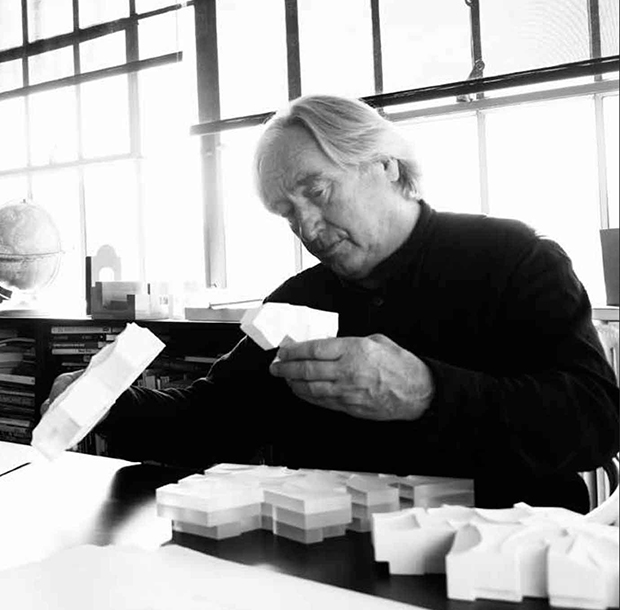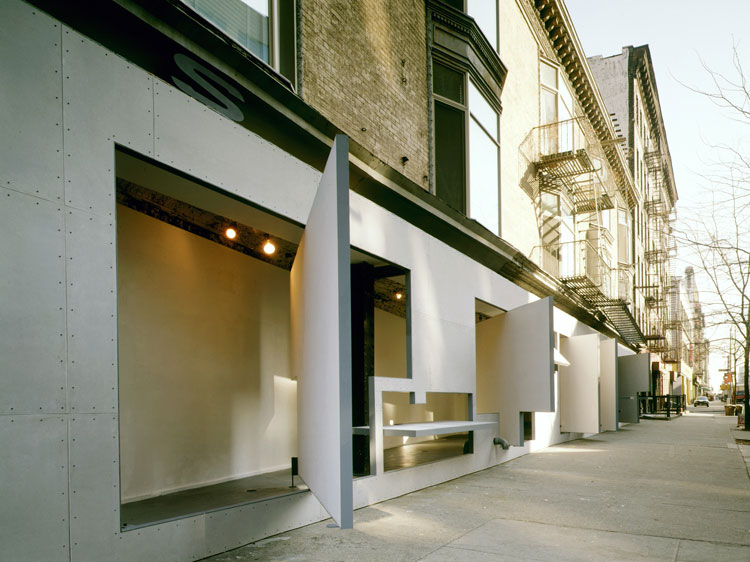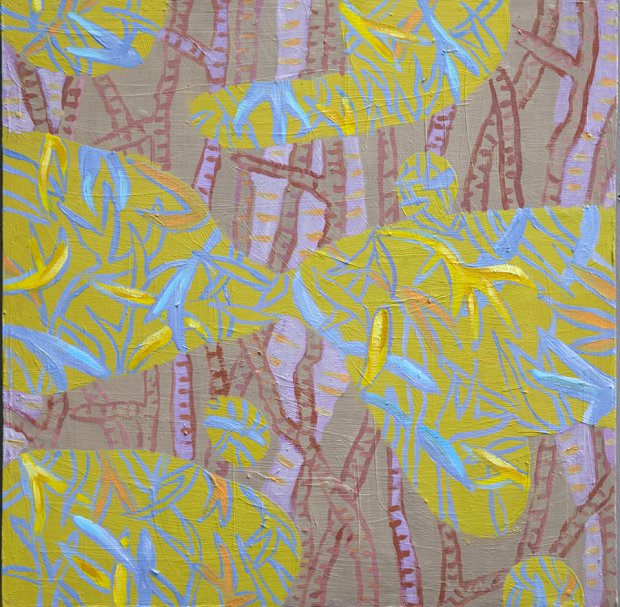
Steven Holl on the art happenings of 70s New York
The brilliant US architect remembers the early influence of Joseph Beuys, Vito Acconci and Richard Serra
The architect Steven Holl may have created some of the most beautiful additions to today’s built environment, yet, when he was starting out, he found inspiration in some of the most abject interiors.
Holl can recall entering the raw, unfurnished, wooden-floored room that served as the René Block Gallery, at 409 West Broadway, New York, in May 1974, immediately after the German artist Joseph Beuys had left the building following his famous performance, I Like America and America Likes Me. Beuys had spent three days in a room with a coyote, staging a seminal performance that established the artist’s place within contemporary art circles, yet also left behind an unavoidable residue.
“Coyote shit was all over the floor,” recalls Holl. “It smelled like hell in there. There were also little piles of felt. That was one moment I remember, but those moments were continually happening in New York at that time.”
At that time, the young West Coast architect was already a keen painter and read a great deal of contemporary poetry. However, Holl saw that New York’s galleries sustained a far richer level of cultural activity than California could offer him.
His brother, Jim Holl, was a painter and sculptor, and relocated to the city to study. It didn’t take too many fraternal visits before Steven chose to follow him.
“I got on an airplane on New Year’s Eve 1977,” says the architect. “My brother had just finished his art degree and we went to every art opening going. It was a very lively time. I left San Francisco and never went back.”

Holl had very little in the way of architectural work coming in at this time. Yet, this lack of work didn’t bother him, as his interests lay elsewhere.
“The beginning of my stay in New York was about art, not architecture,” he says. “On Saturdays you would go to all these galleries. There were openings that you could not miss, whether it was Vito Acconci or Dennis Oppenheim or Richard Serra. The deep conceptual art movement was really happening there in New York.”
Holl befriended many artists, and remains on good terms with them. In 1993, he and Acconci redesigned the façade for the Storefront for Art and Architecture gallery in SoHo; while, when trying to account for his latter day success in China, Holl quotes his friend the late artist Walter De Maria. “He said, “Steven you have to be in the right place at the right time with the right idea.””
Holl argues that different artistic disciplines can help those ideas along, whether it is performance art, painting or music.

“We teach a class at Columbia University called the Architectonics of Music,” Holl says, “where we make the analogue between music and architecture. That synthesis of art and architecture is very interesting to me." Holl obviously realizes that high-minded inspiration can come from a wide variety of sources. For more on this great artchitect’s life and work buy a copy of our new monograph here.